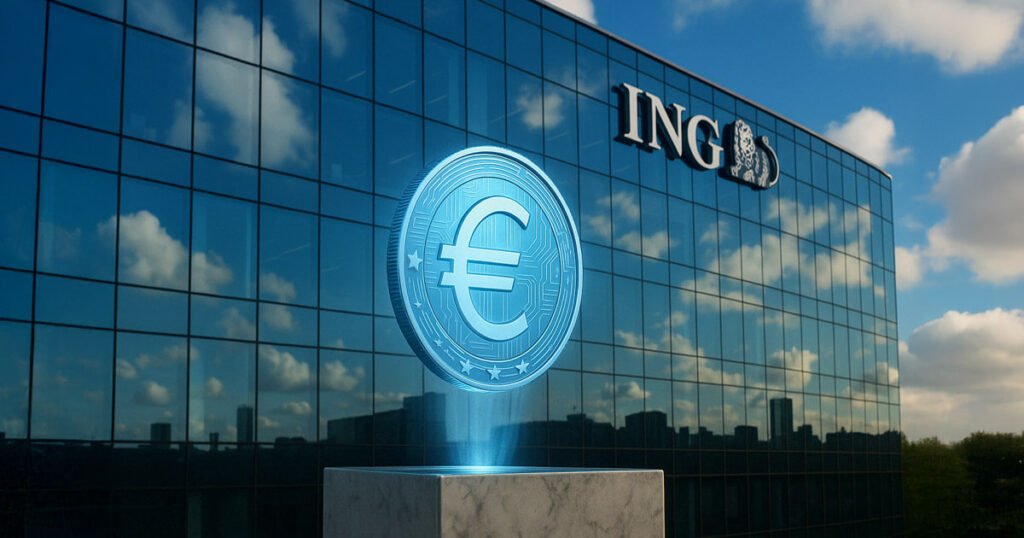Dutch banking giant ING is working on a euro-backed stablecoin in collaboration with other traditional financial institutions and crypto service providers. This stablecoin effort could take the form of a consortium, but progress has been slow as multiple firms await board-level approvals. The project follows the EU’s Markets in Crypto-Assets (MiCA) regulation, which mandates licensing, regular disclosures, and fully collateralized reserves for stablecoin issuers held with European banks. This has incentivized banks to enter a space that was once dominated by crypto-native firms.
Société Générale and Circle have already made moves in the euro-backed stablecoin space under MiCA, with Société Générale launching a regulated stablecoin through its SG Forge division and Circle’s euro-pegged EURC gaining early momentum. JPMorgan noted that MiCA’s requirements are reshaping the competitive landscape for stablecoins in Europe by favoring transparency and compliance. Traditional financial institutions see an opportunity in stablecoins, with banks like Standard Chartered and Bank of America backing stablecoin projects to streamline cross-border payments.
In the US, Custodia Bank and Vantage Bank have launched Avit, the first US bank-issued stablecoin on a public blockchain, and FV Bank in Puerto Rico reports that stablecoin usage is on track to surpass traditional payment rails. As regulatory frameworks for stablecoins continue to mature, banks are beginning to see stablecoins as core infrastructure for faster, cheaper, and more programmable financial services. This trend towards stablecoin adoption in traditional finance is a reflection of the growing importance of digital assets in the global financial system.
Overall, the move towards euro-backed stablecoins by ING and other traditional financial institutions signals a shift towards greater adoption of digital assets in the mainstream financial industry. With regulatory frameworks like MiCA encouraging transparency and compliance, banks are realizing the potential of stablecoins as a way to offer faster, cheaper, and more efficient financial services. As more banks enter the stablecoin space, we can expect to see continued innovation and growth in the use of digital tokens for a wide range of financial transactions.


